The Small House at Allington
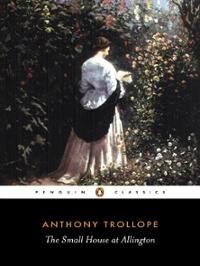 The Small House at Allington is fifth of Anthony Trollope’s six Barchester novels. The setting and most of the main characters are new, though familiar characters from the other novels come into the story at various points: Lady Dumbello, the Grantlys, Plantagenet Palliser (how I love that name — “Plant, for short,” as my daughter says), the supremely annoying De Courcys, even Mr Harding.
The Small House at Allington is fifth of Anthony Trollope’s six Barchester novels. The setting and most of the main characters are new, though familiar characters from the other novels come into the story at various points: Lady Dumbello, the Grantlys, Plantagenet Palliser (how I love that name — “Plant, for short,” as my daughter says), the supremely annoying De Courcys, even Mr Harding.
But the Dales — widow Mrs Dale, her daughters Lily and Bell, and their somewhat crusty benefactor Squire Dale, form the core of this story. (Spoiler alert…) As usual we have gentlefolk facing the all-important matter of marriage, and fortunately Bell makes a good one. Lily is not so fortunate, falling in love with the handsome and upwardly climbing Adolphus Crosbie, who pledges marriage but then dumps her within the month for a DeCourcy. Despite the forlorn wooing of neighbor John Eames, and the efforts of the squire and an influential earl who champions John’s cause after Eames rescues him from an enraged bull, Lily persists in faithfulness to her departed lover, calling herself a widow.
On the whole I find Lily rather irritating, despite her status as Trollope’s favorite character. (I’ve also read that Mrs Proudie is one of his favorites — a very different lady! So I suppose we should take these ratings with a grain of salt.) Rather than the bracing lecture she deserves, she gets pampered, coddled, and given a fortune. Similarly, my reactions to the ostensible hero John Eames and the villain Crosbie weren’t quite what they ought to have been. Johnny has a silliness that kept me from caring whether he succeeded or not, and Trollope — who is said to have offered Eames as a representation of his own young manhood — is quite in agreement that he is “calf-like.” Crosbie, on the other hand, I found to be a more complex and tragic character. (Funny, isn’t it, that a book can be so very enjoyable despite having characters you think are ninnies…)
I enjoyed the foray into different social strata, from nobles to working class folk like the postmistress and Hopkins the gardener. Trollope is nothing if not a good psychologist, and he deftly depicts the subtleties of human motivation. My recent reading of C.S. Lewis turned up some references to Trollope — Lewis loved reading him — and I thought perhaps I could see Trollope’s influence in the compassion and humor with which Lewis portrays a wide range of characters. (I thought particularly of the scenes in The Magician’s Nephew that feature Queen Jadis amidst the domestic servants and working class crowds of a London street.)
I read this on my Kindle and confess to listening to parts of it using the text-to-speech function. It reminds me of some interesting discussion I read recently on the question of whether listening and reading are in fact the same experience. I’ve mused over the subject on this blog before (here and here, for instance), but if you’re interested in a more in-depth consideration of the questions, you’ll find food for thought here, here, and here.
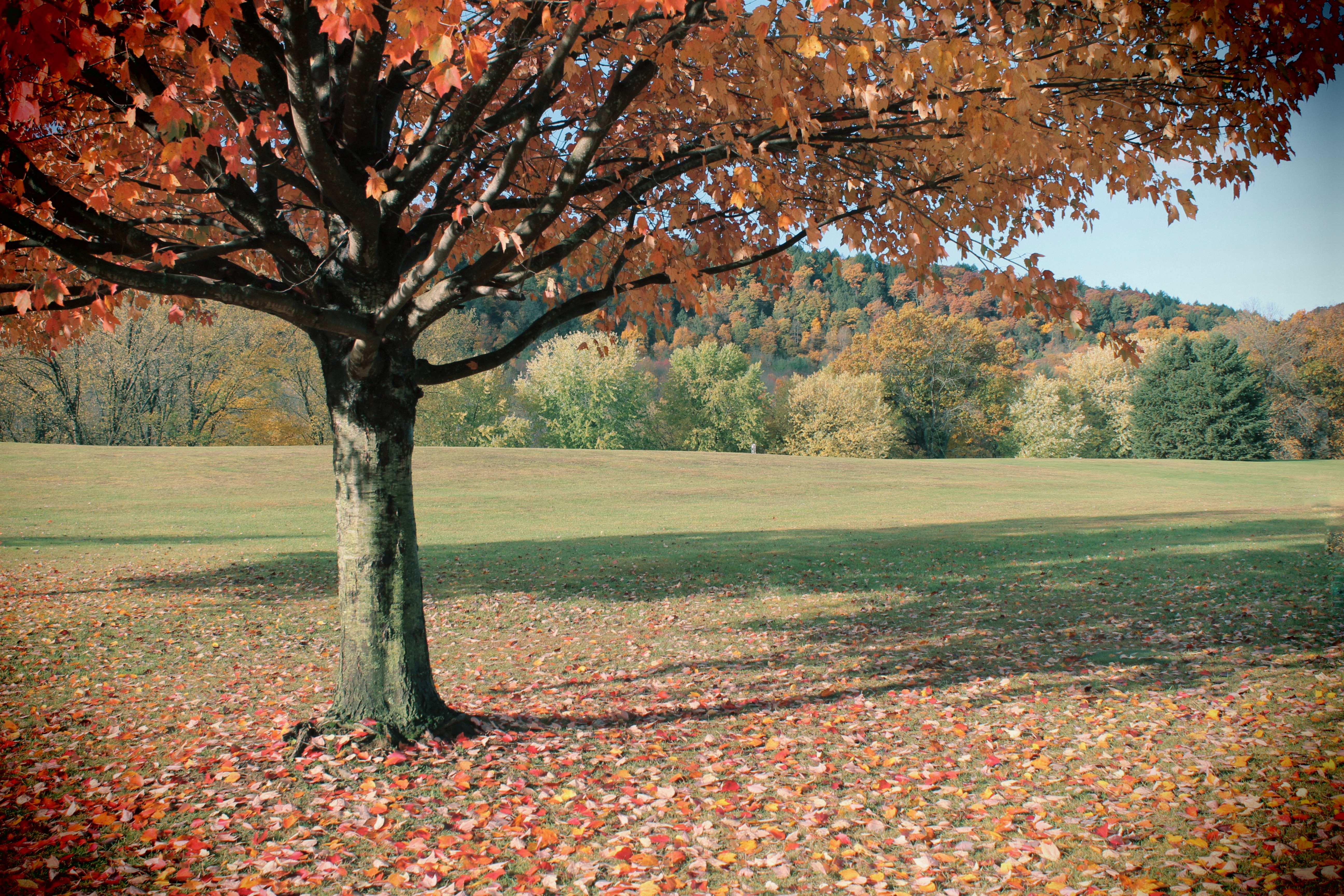
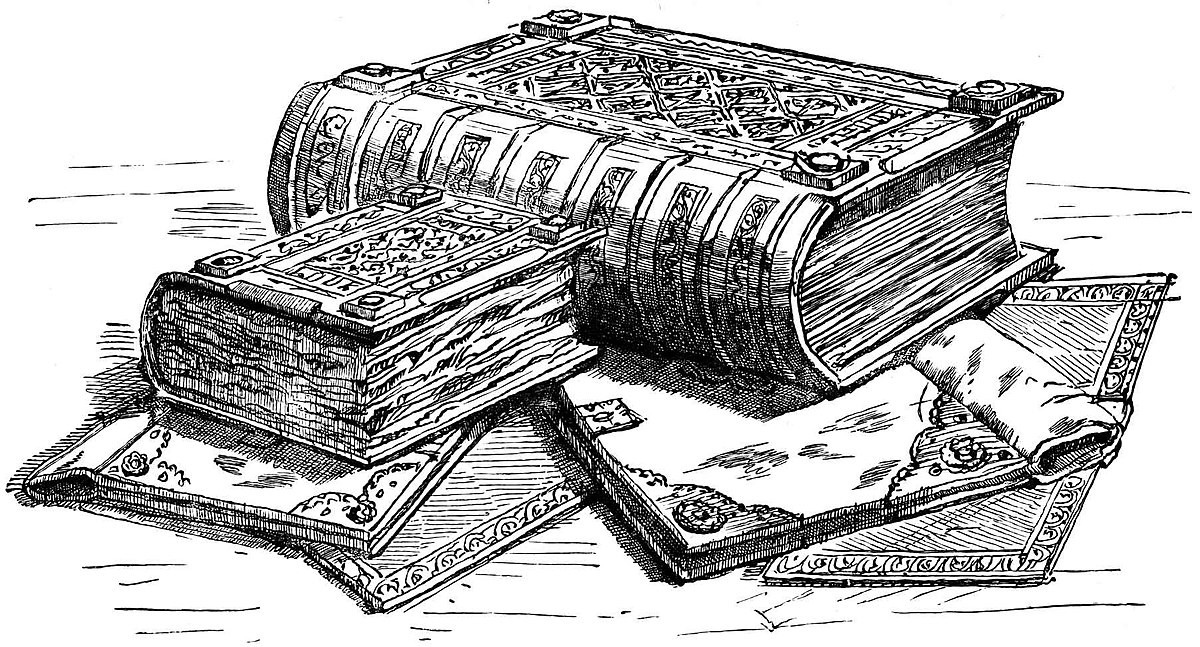
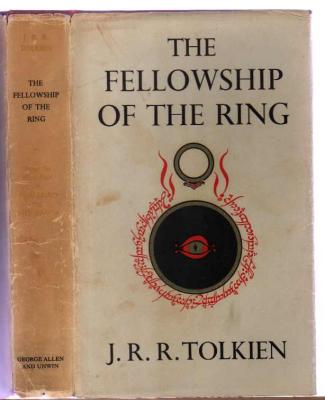
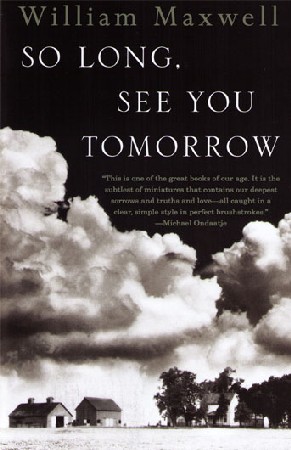
2 Comments
hopeinbrazil
This was my first Trollope novel that hooked me on his books. I wonder what I would think of it now that I’ve read a dozen others.
Janet
I think it might be my favorite so far. He seems to enjoy his characters so much, and pokes fun with such good humor. Yet at the same time he can write so movingly about the emptiness and self-interest and confusion that can bring such tragic results.
My first was ‘The Warden,’ years ago. Only recently have I read Trollope this consistently, though. I see that there are other series if I reach the end of this one and want more!